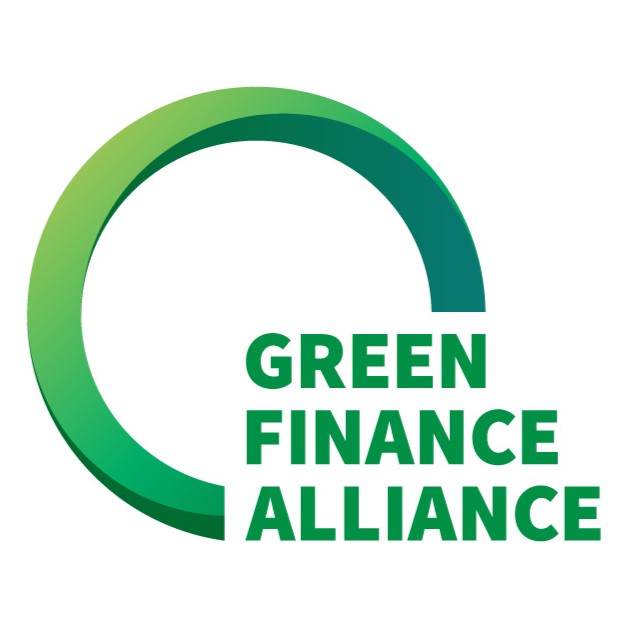I-PEPs Methodology Standard
I-PEPs: A new KPI set for steering the decarbonisation of financial portfolios
The Indicators for Portfolio-related Emission Performance (I-PEPs) represent a new generation of key performance indicators that enable financial institutions to manage and steer the decarbonisation of their core business activities.

I-PEPs has been developed within the scope of the Austrian Green Finance Alliance. This innovative KPI set covers a broad spectrum of the financial sector. It includes tailored metrics for both the investment and lending portfolio and insurance activities. Despite its wide applicability, the underlying methodological approach is standardised and therefore enables potential scalability to other types of financial assets. I-PEPs require few input factors and are therefore more robust against unwanted factors influencing the emission development. The reduced data requirements can lead to a reduction in the necessary personnel and financial costs for financial companies, thus freeing up resources for portfolio steering.
Report on I-PEPs: Results of the public consultation and pilot phase
The I-PEPs Methodology Standard was subject to public consultation in the summer of 2025. At the same time, a pilot phase was conducted in which I-PEPs were tested in practice in collaboration with financial companies. The results of the consultation and the experiences gained during the pilot phase are summarised in a short report.
I-PEPs consultation documents
I-PEPs Methodology Standard (consultation draft)
I-PEPs presentation (overview on I-PEPs and its methodological approach)
Calculation spreadsheet (sample calculations of the methodology standard in more detail)
The documents in German language can be find here: Indikatoren für Portfolio-bezogene Emissionsperformance.
Do you have remarks or questions on I-PEPs? Please contact the Green Finance Alliance Coordinating Office: gf-alliance@umweltbundesamt.at
